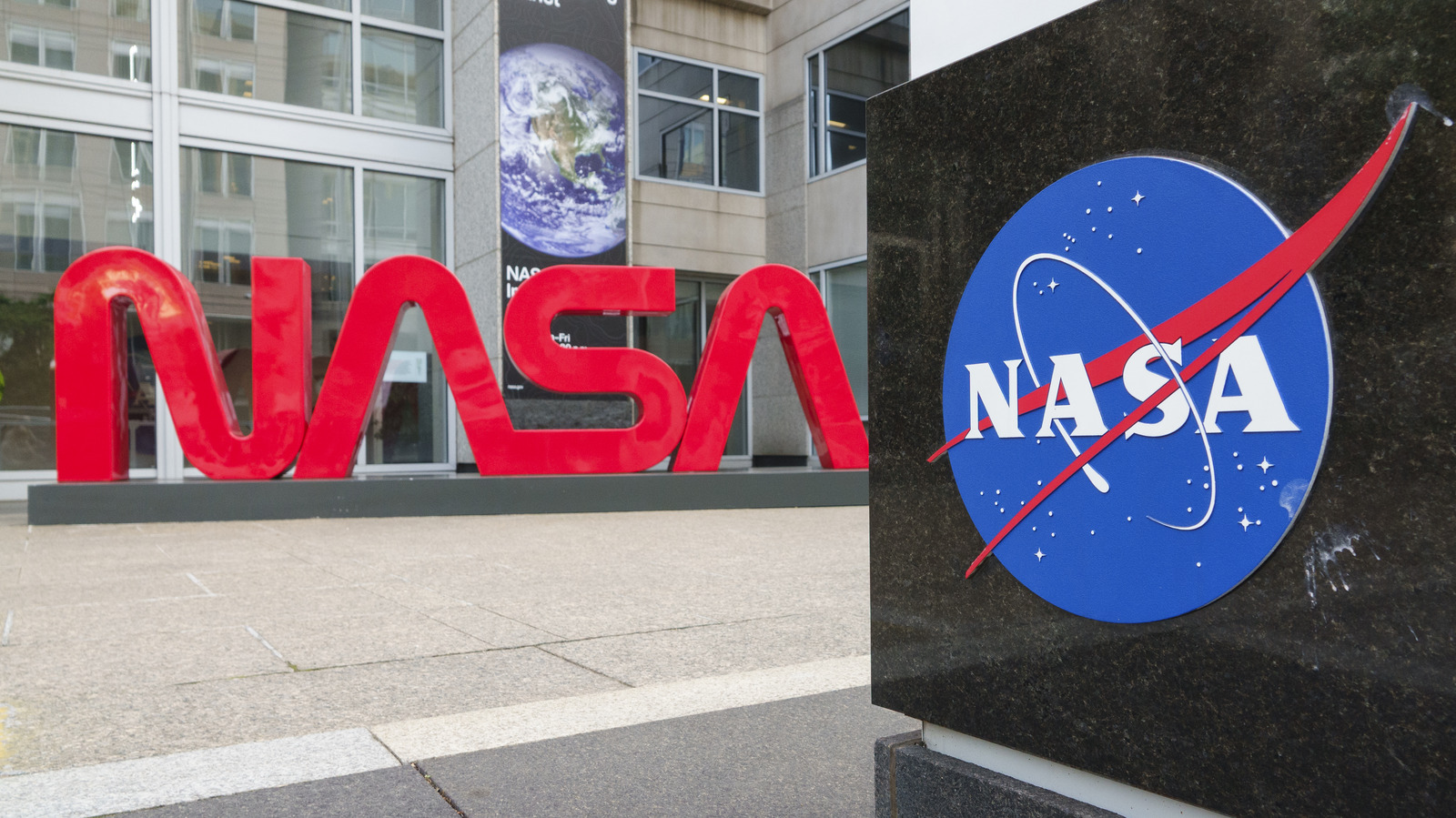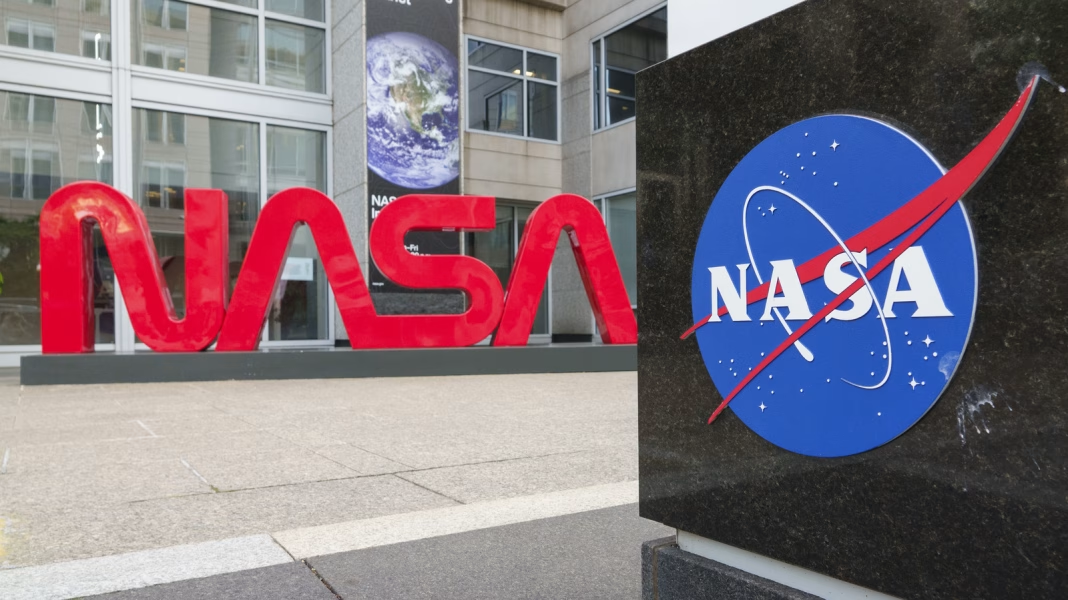The recent budget proposal from the Trump administration for 2026 has stirred quite a conversation, especially among those passionate about space exploration and scientific advancement. A significant point of contention? A proposed 24% funding cut for NASA. This move raises critical questions about the future of space exploration, scientific research, and the broader implications for the United States’ role in global space initiatives.
What Does a 24% Cut Mean for NASA?
To put it simply, a 24% cut is no small change. NASA’s budget is already a fraction of the overall federal budget, and such a reduction could severely impact ongoing projects, future missions, and even the workforce. Imagine ambitious plans for Mars exploration or the Artemis program, which aims to return humans to the Moon. These initiatives rely heavily on consistent funding. A cut of this magnitude could mean delays, scaled-back missions, or even the cancellation of some projects altogether.
The workforce implications are equally concerning. NASA has already begun asking employees to consider early retirement or buyouts. This isn’t just a financial strategy; it’s a signal of the uncertainty that looms over the agency. When experienced personnel leave, it creates a knowledge gap that can take years to fill. The loss of talent could hinder innovation and slow down progress in an agency that thrives on cutting-edge research and development.
Why Should We Care About NASA’s Budget?
You might wonder why a budget cut at NASA should matter to you personally. The truth is, NASA’s work extends far beyond launching rockets and exploring distant planets. The agency plays a crucial role in technological advancements that benefit everyday life. Think about GPS, weather forecasting, and even medical imaging technologies like MRI. Many of these innovations stem from NASA’s research and development efforts.
Moreover, the funding cuts could affect international collaborations. NASA often works alongside other countries on joint missions and research projects. A diminished budget might lead to a withdrawal from these partnerships, potentially isolating the U.S. in the global scientific community. This could slow down collective progress in tackling global challenges, such as climate change and space debris management.
What Are the Alternatives?
While the proposed cuts have raised eyebrows, it’s essential to consider alternative funding strategies that could sustain NASA’s mission without compromising its goals. For instance, increasing public-private partnerships could be a viable path forward. Companies like SpaceX and Blue Origin are already making strides in space travel and exploration. By collaborating with these private entities, NASA could leverage their innovations while focusing on its core missions.
Additionally, advocating for increased public awareness and support for NASA’s initiatives can play a pivotal role. Engaging the public through educational programs and outreach can help foster a culture that values space exploration and scientific inquiry. When people understand the benefits of NASA’s work, they’re more likely to support funding initiatives.
What’s Next for NASA?
As the budget proposal moves through Congress, there’s still room for advocacy and change. Public opinion can sway decision-makers, and grassroots movements have historically made a difference in funding decisions. If you’re passionate about space exploration, consider reaching out to your representatives, participating in community discussions, or even joining advocacy groups focused on supporting NASA.
The big takeaway? NASA’s future isn’t just about funding—it’s about the collective will to support exploration and innovation. Start by engaging with your community about the importance of space research, and you might just inspire others to take action. The future of space exploration could depend on it.


